Updating a ceiling light can completely transform the look of a room, whether you’re going for a sleek, modern chandelier, a pendant light, or a simple, minimalist fitting.
It is crucial to safely handle ceiling wires during the installation process to ensure proper electrical work and avoid hazards.
While wiring a ceiling light may seem like a daunting task, with the right tools and a methodical approach, it’s a manageable project for DIY enthusiasts.
In this guide, we’ll walk you through the process of wiring a ceiling light safely and efficiently.
Before you begin: Safety first
Wiring a ceiling light involves working with electricity, so safety should always be your priority. Before you start:
- Turn off the power: Switch off the mains power at your consumer unit (fuse box) and double-check with a voltage tester to ensure no current is flowing.
- Use appropriate tools: Have a screwdriver, voltage tester, wire strippers, and insulation tape ready.
- Check local regulations: Some areas require a qualified electrician to handle certain tasks, so confirm what’s permitted in your location.
- Ensure no exposed wire: After connecting wires using wire nuts, make sure each connection is securely covered to avoid electrical hazards and maintain safety and efficiency in the installation.
Tools and materials you’ll need
- Ceiling light fitting
- Screwdrivers (flat-head and Phillips)
- Voltage tester
- Wire strippers
- Electrical insulation tape
- Wire nuts
- Ladder
- Drill (if required for new holes)
- Wall plugs and screws
Understanding ceiling light connections
Understanding ceiling light connections is crucial for a safe and efficient installation.
Typically, a ceiling light connection consists of three main wires: the live (brown) wire, the neutral (blue) wire, and the earth (green and yellow) wire.
The live wire carries the electrical current to the light fixture, while the neutral wire completes the electrical circuit.
The earth wire provides a safe path to ground, protecting against electrical shock in case of a fault.
When connecting a new ceiling light, it’s essential to match the wires correctly. Connect the live wire from the ceiling to the live terminal on the light fitting, the neutral wire to the neutral terminal, and the earth wire to the earth terminal.
Properly matching these wires ensures the light fixture functions correctly and safely.
Step 1: Remove the old light fitting
- Ensure the power supply is off, and double-check with a voltage tester.
- Carefully remove the old fixture. Unscrew or unclip the fixture from the ceiling, and disconnect the existing wires (typically live, neutral, and earth).
- Make a note or take a photo of how the old fitting was wired. This can be helpful when connecting the new light. If you are moving the light fixture to a new location, ensure a junction box is installed to facilitate proper connections for the electrical wiring, ensuring safe and effective installation.
Inspecting and preparing the ceiling box
Before installing a new ceiling light, it’s important to inspect the ceiling box to ensure it’s in good condition and securely fastened.
Look for any signs of damage, wear, or corrosion. If the box is damaged or loose, it’s crucial to replace it with a new electrical box that can support the weight and type of your new ceiling light fixture.
Make sure the new box is rated for the fixture you’re installing. If you’re unsure about the condition of the box or how to replace it, consult a licensed electrician.
Once the box is secure, prepare it for the new fixture by removing any old wires or debris, ensuring a clean and safe installation environment.
Step 2: Prepare the new light fitting

- Unpack your new ceiling light and check the instructions provided by the manufacturer.
- Assemble the fitting if required. Some lights may come in multiple pieces, such as shades or decorative elements, that need to be attached later.Ensure the mounting bracket is properly aligned and secured to the ceiling to guarantee the fixture is safely and effectively attached.
Step 3: Connect the wires
When wiring the new fitting, it’s important to understand the colour coding of wires:
- Live (brown): This is the wire carrying the current to the light.
- Neutral (blue): This completes the electrical circuit.
- Earth (green and yellow): This provides safety by grounding the current in case of a fault.
Here’s how to wire the new fitting:
- Use wire strippers to expose about 1 cm of copper wire on each lead if needed.
- Connect the live (brown) wire from the ceiling to the live terminal on the light fitting.
- Connect the neutral (blue) wire from the ceiling to the neutral terminal.
- Attach the earth wire (green and yellow) to the earth terminal. If your light fitting doesn’t have an earth terminal (common with plastic fittings), safely cap off the earth wire using an insulated terminal block. Securely attaching the ground wire ensures safety and prevents electrical hazards.
- Use a wire nut to cover each connection and ensure no exposed wire is visible.
Step 4: Secure the light fitting
- Fix the base or bracket of the light fitting to the ceiling using screws and wall plugs if required.
- Use mounting screws to ensure the fixture is securely fastened and sits flush against the ceiling, especially for heavier lighting devices.
- Ensure it’s securely fastened to support the weight of the fitting.
- Attach the decorative elements, such as shades or covers, according to the manufacturer’s instructions.

Installing bulbs and globe
Installing bulbs and a globe is the final step in completing your ceiling light installation. Choose light bulbs that are compatible with your new fixture and follow the manufacturer’s instructions for installation.
Typically, you’ll need to screw the bulbs into the socket and secure them with a gentle twist.
If your fixture includes a globe or shade, attach it according to the manufacturer’s instructions. Ensure all components are securely in place and the globe is properly aligned.
This not only ensures the light functions correctly but also adds to the aesthetic appeal of your new ceiling light.
Wiring the switch
Wiring a light switch can seem daunting, but with the right approach, it’s manageable. Proper installation ensures safety and functionality.
Here’s a step-by-step guide on how to wire a light switch:
- Identify the wires: Locate the wires connected to the light switch. You should see three wires: a black (hot) wire, a white (neutral) wire, and a green or bare copper (ground) wire.
- Connect the wires: Connect the black wire to the brass terminal on the light switch. Connect the white wire to the silver terminal on the light switch. Connect the green or bare copper wire to the grounding terminal on the light switch.
- Use wire connectors: Use wire connectors to connect the wires to the light switch. Make sure the connectors are securely attached to the wires and the light switch.
- Test the switch: Test the light switch to ensure it’s working properly. Turn the switch on and off to verify that the light turns on and off.
Turning the power back on
After completing the installation, it’s essential to turn the power back on safely. Here’s a step-by-step guide:
- Verify the connections: Double-check that all connections are secure and not loose.
- Turn on the power: Turn the power back on at the circuit panel.
- Test the light: Test the light to ensure it’s working properly.
- Check for exposed wires: Check for any exposed wires or wire nuts. Make sure they are securely attached and not visible.
Step 5: Test your work
- Turn the power back on at the consumer unit.
- Switch on the light switch and check that it works as expected.
- If the light doesn’t work, turn the power off again and double-check your connections. Ensure all wires are securely connected to the correct terminals. Check the neutral wires for any signs of damage or loose connections.

Troubleshooting common issues
If your new ceiling light doesn’t work after installation, there are a few common issues you can troubleshoot before calling an electrician.
First, check that the power is turned on at the circuit breaker and that the light switch is functioning correctly. Ensure the light bulbs are installed properly and not loose.
If the light still doesn’t work, inspect the wiring connections for any signs of damage or loose connections.
Double-check that all wires are securely connected to the correct terminals.
If you’re still experiencing issues, consult the manufacturer’s instructions or contact a licensed electrician for assistance.
Ceiling light installation FAQs
Here are some frequently asked questions about ceiling light installation:
What is the recommended height for installing a ceiling light?
The recommended height for installing a ceiling light depends on the type of light and the room’s dimensions. Generally, a ceiling light should be installed at least 30cm above the top of anyone’s head.
Can I install a ceiling light without turning off the power?
No, it’s not recommended to install a ceiling light without turning off the power. This can be dangerous and may result in electrical shock or injury.
What type of wire connectors should I use for ceiling light installation?
Use wire connectors that are specifically designed for ceiling light installation. These connectors should be securely attached to the wires and the light fixture.
How do I ensure the mounting bracket is secure?
Use a voltage tester to ensure the mounting bracket is securely attached to the ceiling. Make sure the screws are tightened firmly and the bracket is level.
What should I do if the new light doesn’t work after installation?
If the new light doesn’t work after installation, check the connections and ensure they are secure.
Also, check the light bulb and replace it if necessary. If the issue persists, consult an electrician for further assistance.
Tips for success
- Work during daylight hours: Ensure you have plenty of natural light to work safely when the power is off.
- Use a ladder safely: Always have someone hold the ladder for added stability.
- Don’t rush: Take your time to follow the instructions and double-check your wiring.
- Understand light fittings: Familiarise yourself with the types of light fittings, their features such as double insulation, and proper labeling for wiring to ensure safe electrical connections.
Final check and maintenance
After completing the installation, perform a final check to ensure everything is working correctly.
Turn on the light and check for any flickering or dimming. Make sure the fixture is securely fastened to the ceiling and all components are in place.
To maintain your ceiling light, regularly clean the fixture and replace light bulbs as needed.
Avoid touching electrical components or exposed wires, and consult a licensed electrician if you’re unsure about any aspect of the installation or maintenance.
Regular maintenance ensures your ceiling light remains safe and functional for years to come.
When to call a professional
While wiring a ceiling light can be a DIY-friendly project, some situations require the expertise of a qualified electrician:
- If your ceiling wiring doesn’t match standard colour codes.
- If you’re installing a new light in a new location, which involves additional wiring for light or light switch.
- If the light fitting is particularly heavy or complex.
- If you are unsure about correctly identifying and connecting ground wires, which are typically green or bare copper, to ensure safety and functionality.
Conclusion
Wiring a ceiling light doesn’t have to be intimidating, and with the right preparation, tools, and patience, you can give your room a fresh new look.
However, it’s always a good idea to know your limits working with electricity can be dangerous, and calling in a professional electrician to handle the installation ensures your safety and peace of mind.
If you’re in the market for high-quality lighting, we’ve got you covered! Explore our range of stunning ceiling lights designed to suit any style or budget.
Whether you’re looking for modern chandeliers, minimalist pendants, or classic designs, we have something for everyone. Combine our lights with a professional installation for a flawless finish that elevates your space.
Shop our collection today and create the perfect ambience in your home!

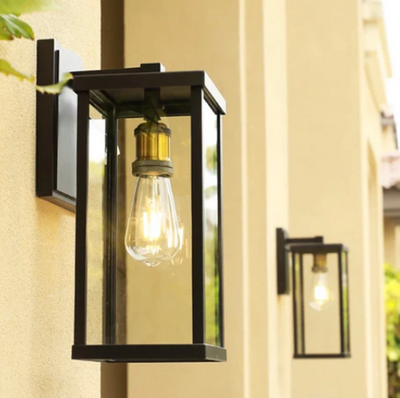

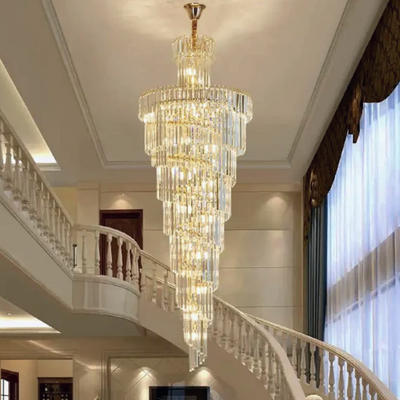
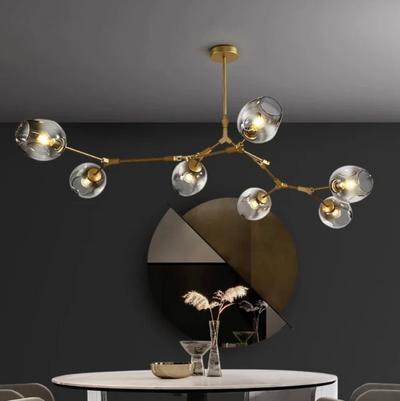
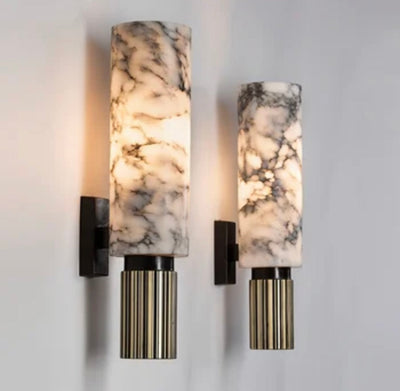
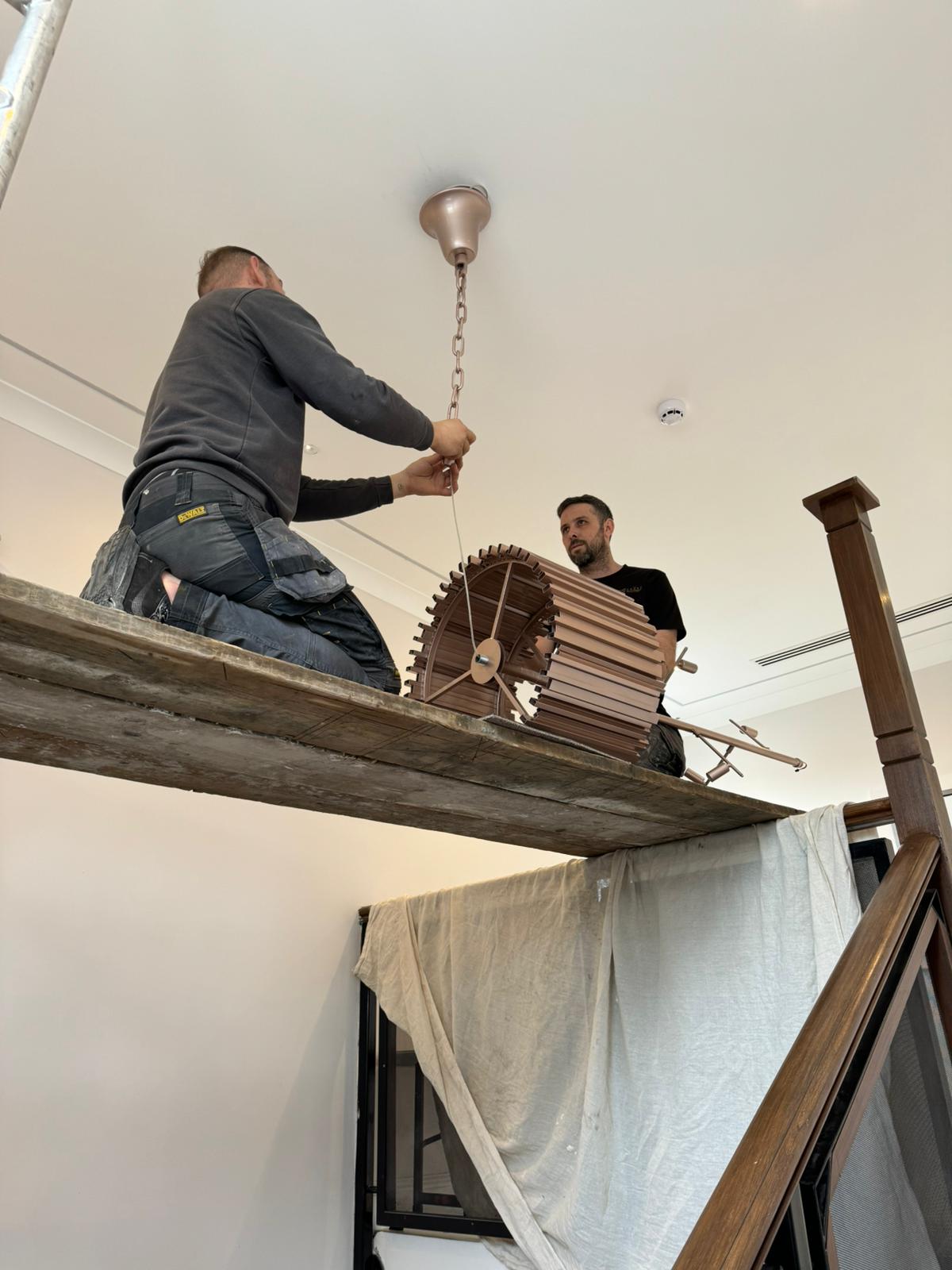
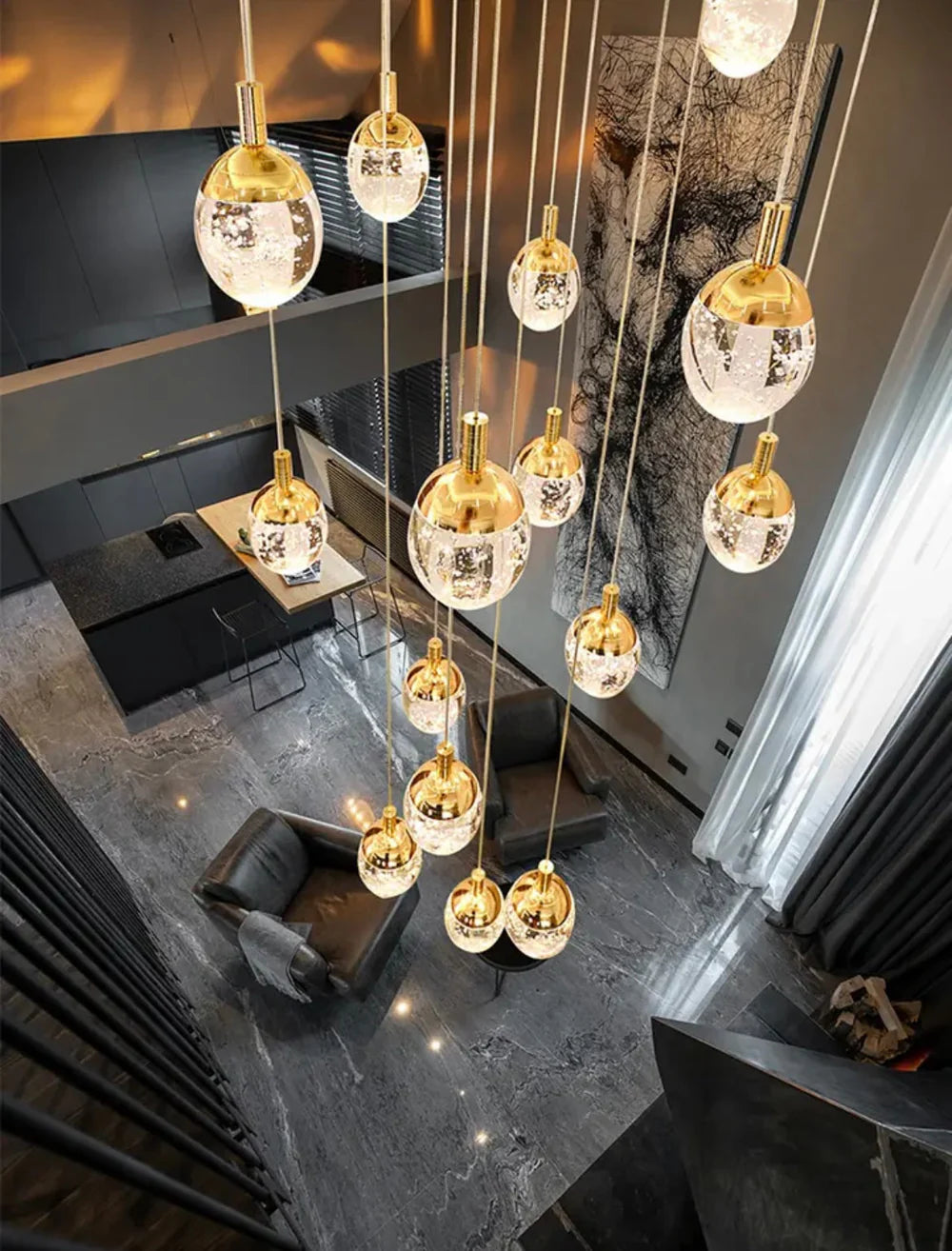

Leave a comment
All comments are moderated before being published.
This site is protected by hCaptcha and the hCaptcha Privacy Policy and Terms of Service apply.